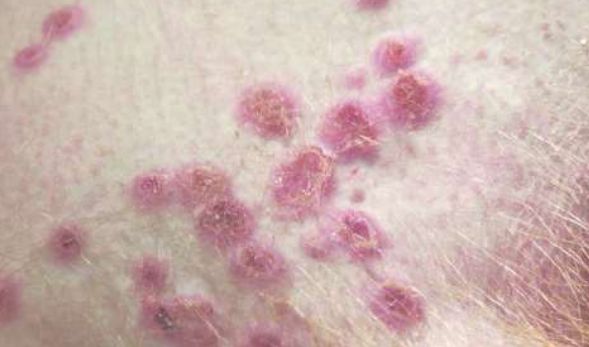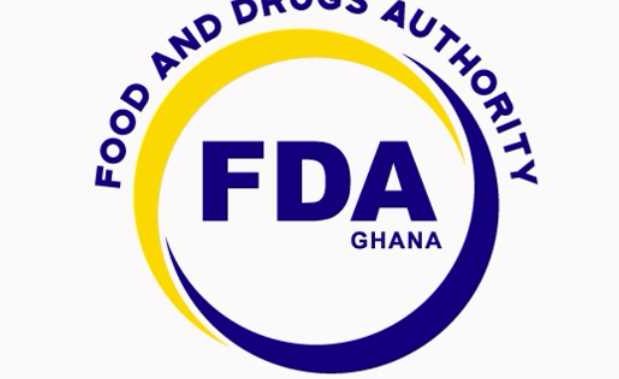10 facts to know about the current monkeypox outbreak

The current rise in clusters of monkeypox cases spreading across non-endemic areas like Europe and America (110 total cases, 39 confirmed, 71 suspected) is atypical and has become a disease of global public health importance.
The case fatality rates (Number of people infected that will die from it) range from 1 to 11%, and scarring complications are usually shared among survivors.
The case fatality rate is about 10% in Africa, mostly in children. Unfortunately, every 1 in 10 will die from the disease compared to every 3 in 10 in Smallpox.
Here are ten (10) facts we already know about the Monkeypox virus:
- It is caused by the Monkeypox virus, which belongs to a larger group of viruses called the Orthopoxviruses Smallpox, which was eradicated in 1980 through successful vaccination, belongs to the same Orthopoxvirus.
- Vaccinations against Smallpox provided protection against Monkeypox However, mass vaccinations against Smallpox were discontinued in 1980 after it was declared by the WHO eradicated.
- There have been multiple pockets of outbreaks since it was identified in 1970. The first case of Monkeypox reported outside of Africa was in 2003 in the USA Cases have been reported in 2018, 2019 and 2021.
- Monkeypox is a Zoonotic disease. This means that it is transmitted from animals to humans. The natural reservoir remains unknown, but rodents and non-human primates (Monkeys) may harbour the virus.
- Human-to-Human transmission is usually by close contact with body fluids, respiratory droplets (long face to face contacts) and contaminated materials.
- The disease is usually self-limiting, with symptoms lasting up to 4 weeks.
- Typical symptoms include fever, rash, and swollen lymph nodes.
- Diagnosis is mainly through PCR (Polymerase Chain Reaction) using samples from Skin Lesions Antigen/Antibody test not reliable.
- Treatment is mainly symptomatic/Supportive. The European Medical Association approved an antiviral agent for Monkeypox (tecovirimat) this year, though not widely available.
- Vaccination is the most effective form of prevention, though not mainstream. Avoiding contact with a potential source of infection will help reduce the risk of infection. A recent vaccine was approved in 2019 but is limited to high-risk groups.
The epidemiology of the Monkeypox we know may be different from the recent pockets of outbreaks.
The appearance of outbreaks beyond endemic areas in Africa highlights the global relevance of the Disease Surveillance and rapid diagnosis are essential for the containment of the virus.
“We can’t use what happened with previous outbreaks to make sweeping conclusions. Covid-19 has taught us to be humble.”
References
- https://doi.org/10.1371/journal.pntd.0010141
- https://www.who.int/news-room/fact-sheets/detail/monkeypox
- https://www.cdc.gov/poxvirus/monkeypox/clinicians/smallpox-vaccine.html
- https://www.cdc.gov/smallpox/history/history.html
- https://doi.org/10.1371/journal.pntd.0007791
- https://doi.org/10.1093/ije/17.3.643





